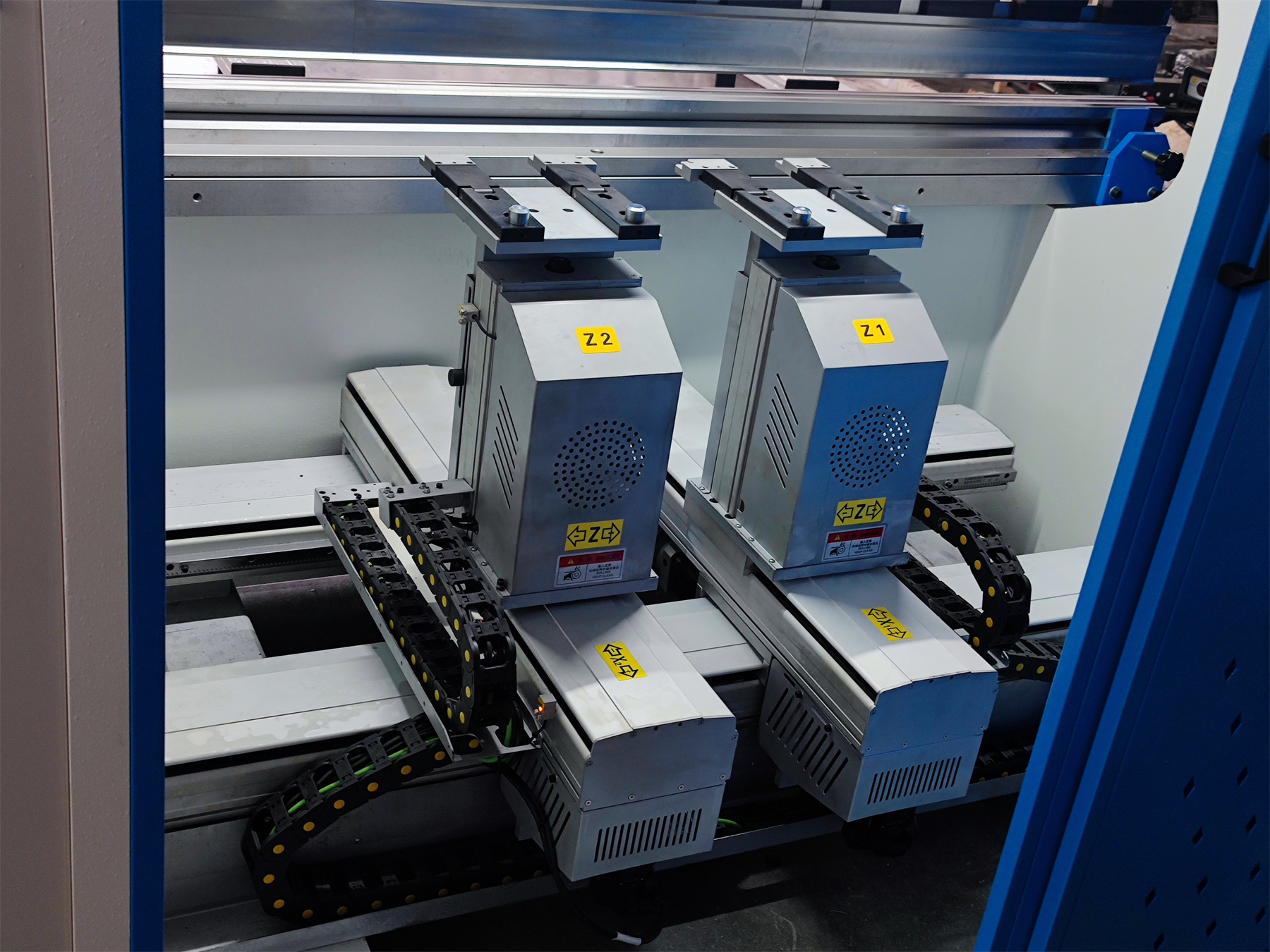The press brake is a commonly used tool in the manufacturing industry for processing metal parts. Understanding the yield strength, tensile strength, and bending characteristics of materials is crucial for successfully bending small metal parts on the press brake. This article will explore these key concepts and discuss how to achieve efficient metal part bending on the press brake.
-
Yield Strength:
Yield strength refers to the point at which a material begins to exhibit plastic deformation under stress. When subjected to sufficient stress, the atomic structure of the material undergoes reversible deformation without returning to its original state. Understanding the yield strength of a material when bending metal parts on the press brake can help determine appropriate processing parameters to avoid excessive stress that may lead to part failure or deformation. -
Tensile Strength:
Tensile strength is the ability of a material to resist fracture under tensile stress. When bending metal parts on the press brake, understanding the tensile strength of the material can help determine suitable process and tooling designs to ensure that the parts do not fracture under external forces. -
Bending Characteristics:
Understanding the bending characteristics of a material is crucial for designing appropriate bending processes on the press brake. Different materials exhibit varying degrees of bending stiffness and springback. Bending stiffness refers to the material’s ability to resist bending, while springback refers to the material’s ability to return to its original shape after the external force is released. Understanding the bending characteristics of the material can help establish appropriate process parameters to achieve the desired part shape and precision.
When bending small metal parts on the press brake, the following points should be considered:
- Determine appropriate bending process parameters, including bending angle, bending force, and bending speed.
- Use proper tooling designs to ensure even distribution of forces during the bending process, avoiding deformation or fracture.
- Regularly inspect and maintain the press brake to ensure its proper operation and mitigate potential safety risks.
Conclusion:
Understanding the yield strength, tensile strength, and bending characteristics of materials is crucial for successfully bending small metal parts on the press brake. By selecting the right process parameters, designing suitable tooling, and maintaining the press brake in good condition, efficient, safe, and precise metal part bending can be achieved. Mastering these key concepts allows manufacturing businesses to enhance productivity and ensure product quality.


